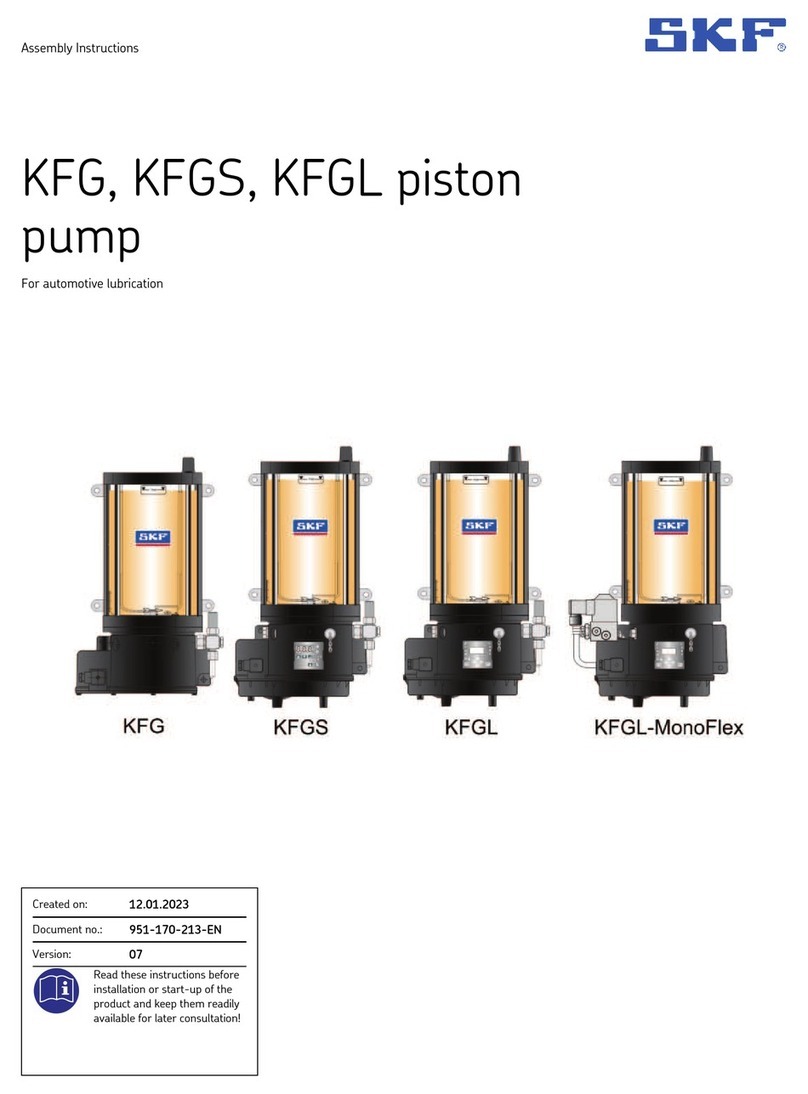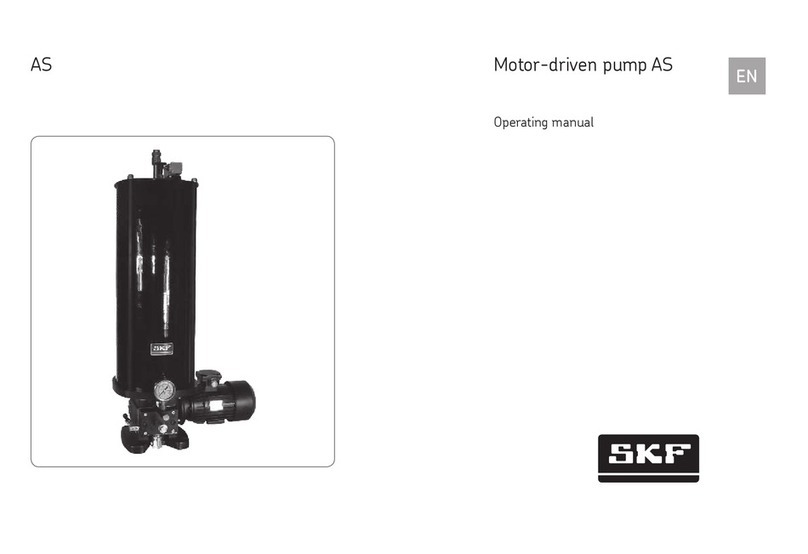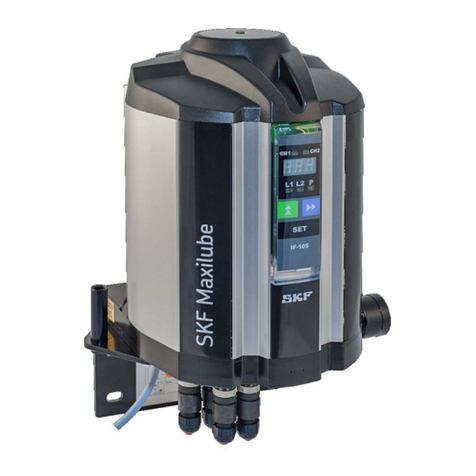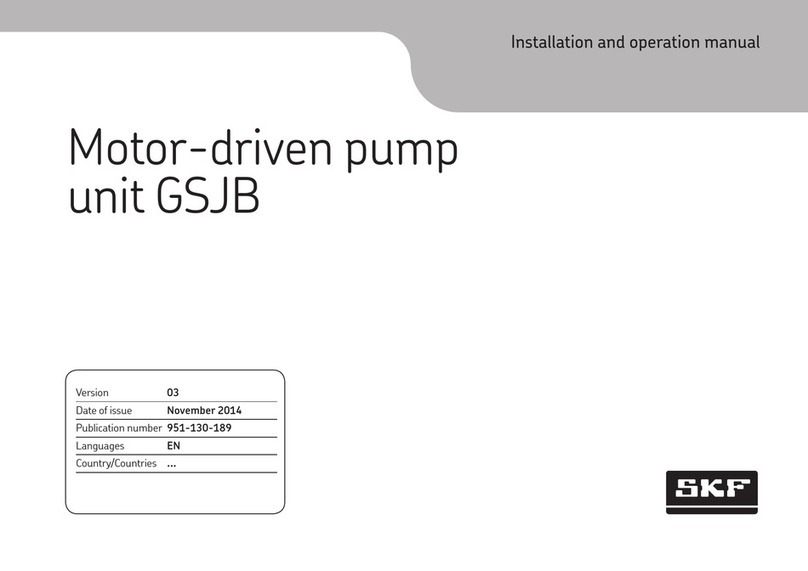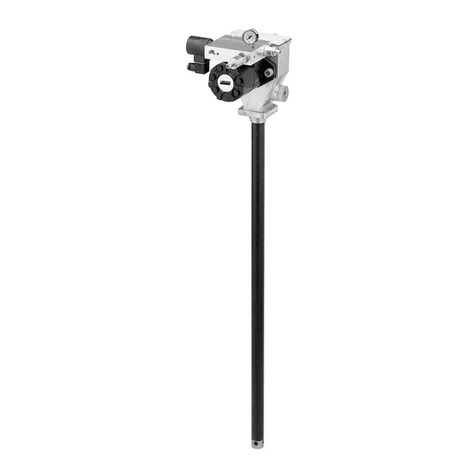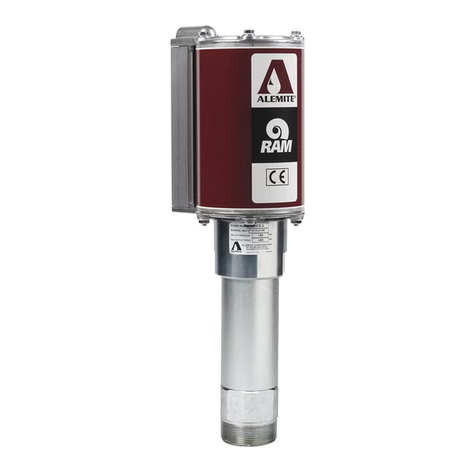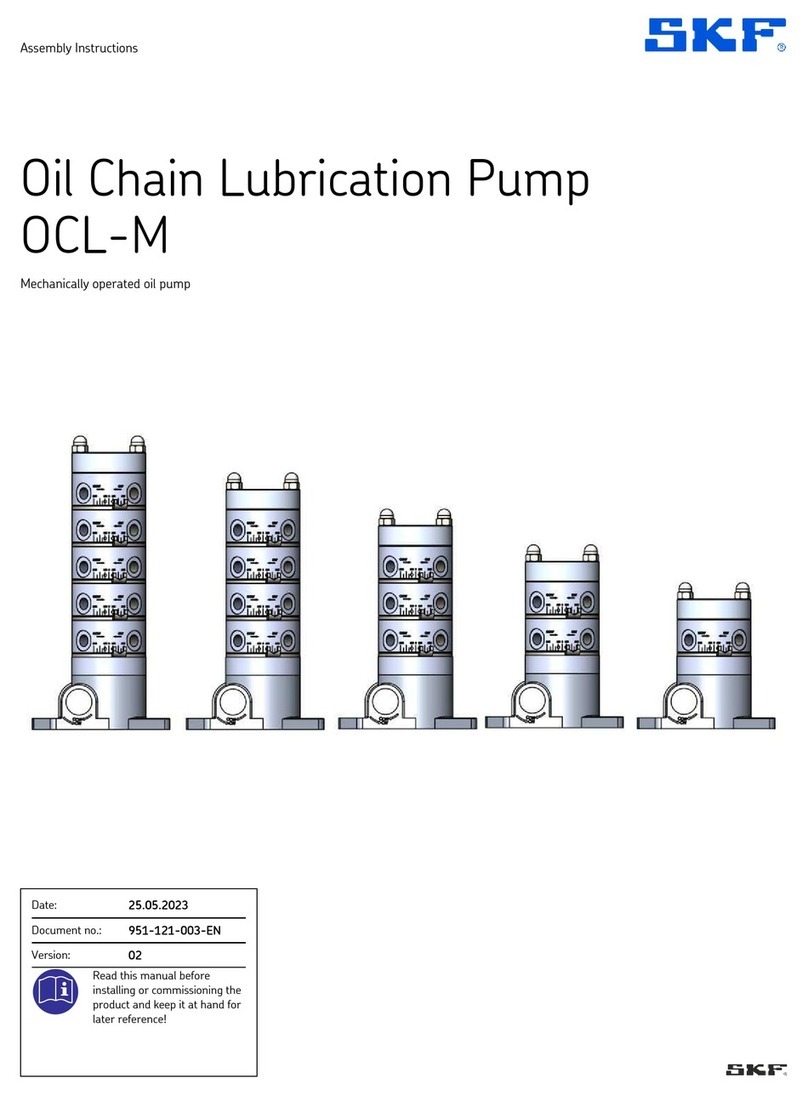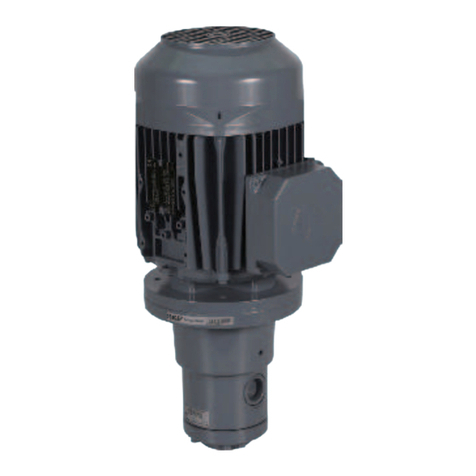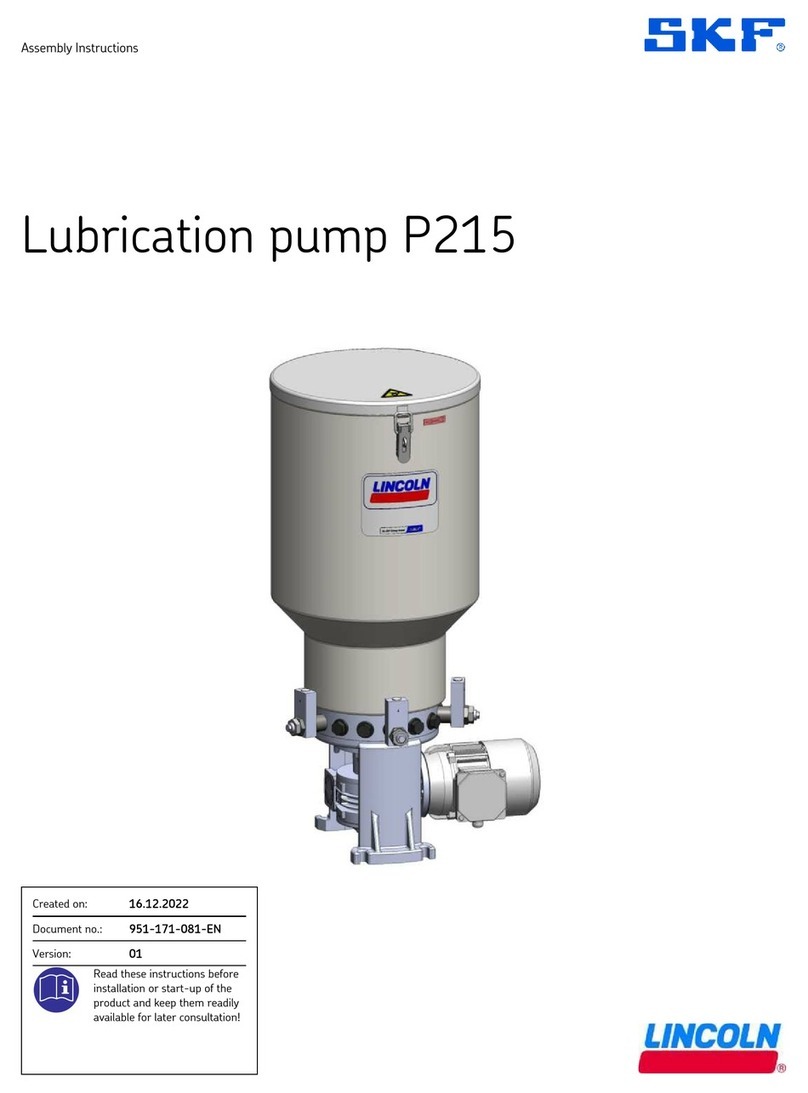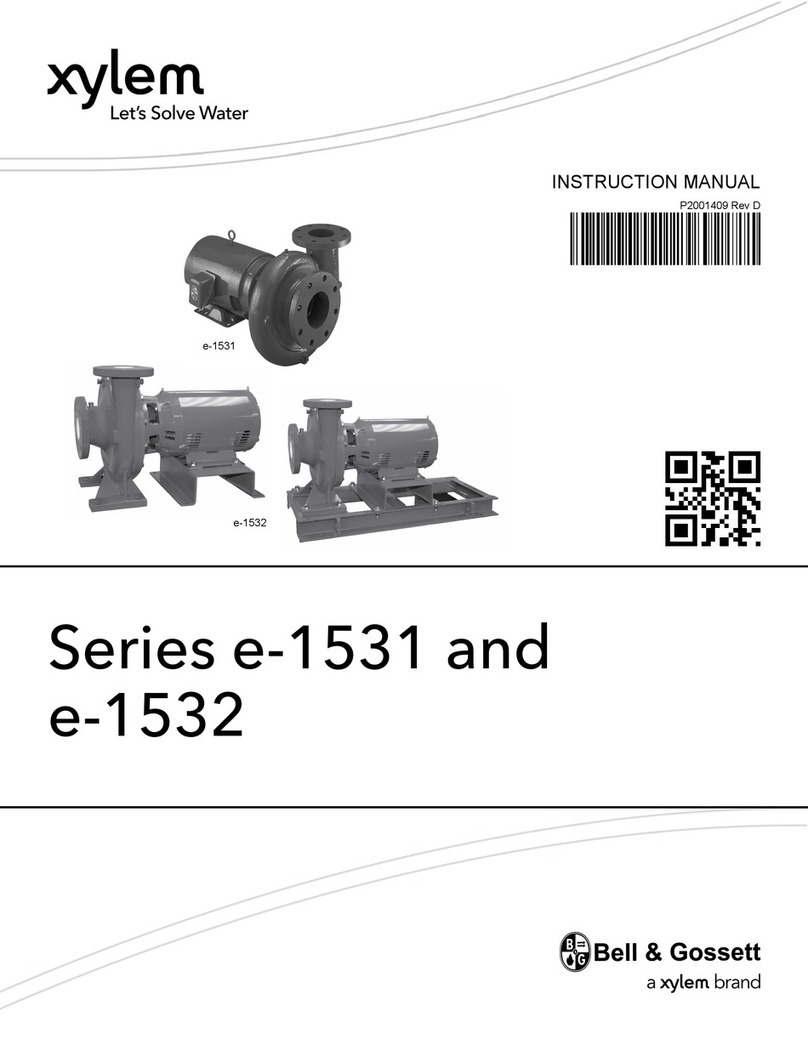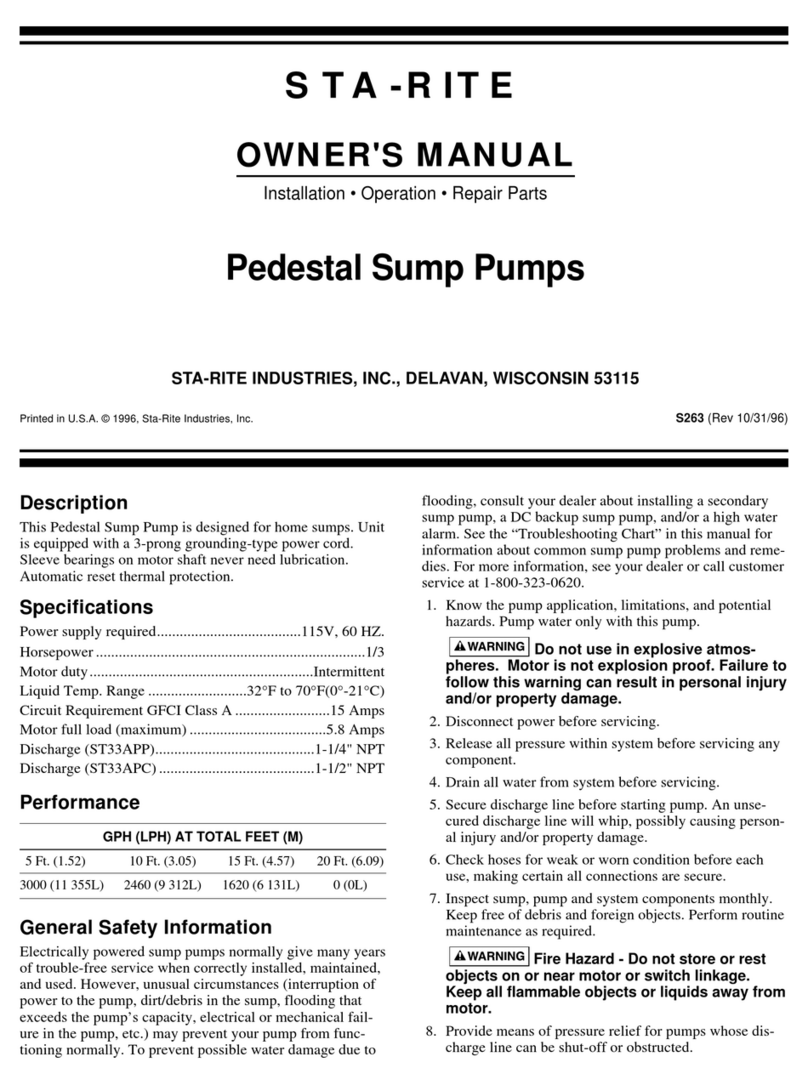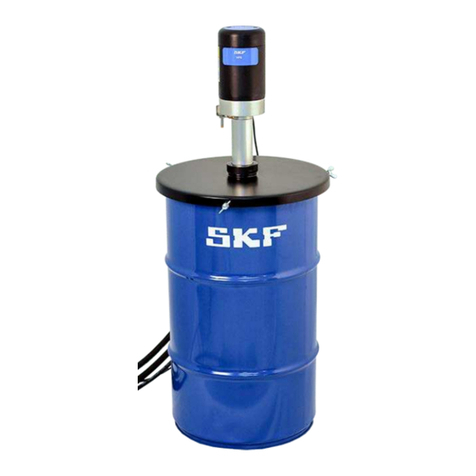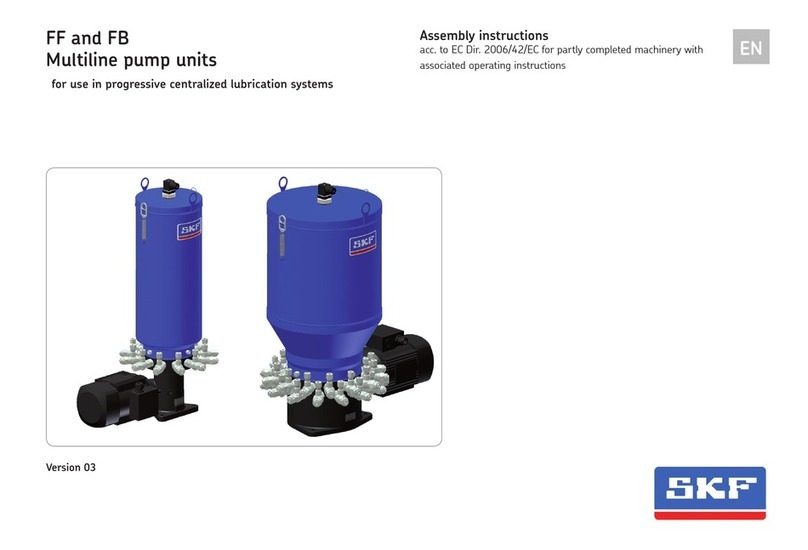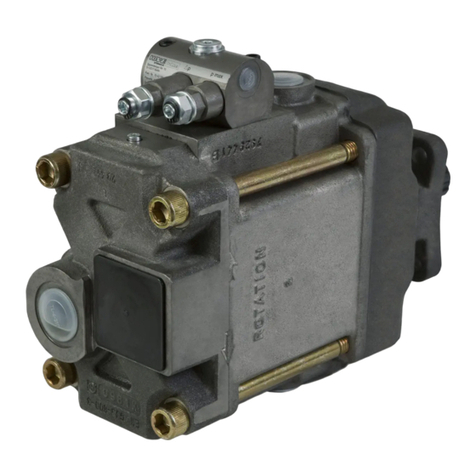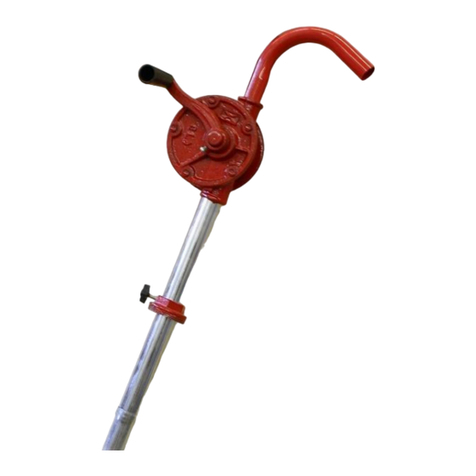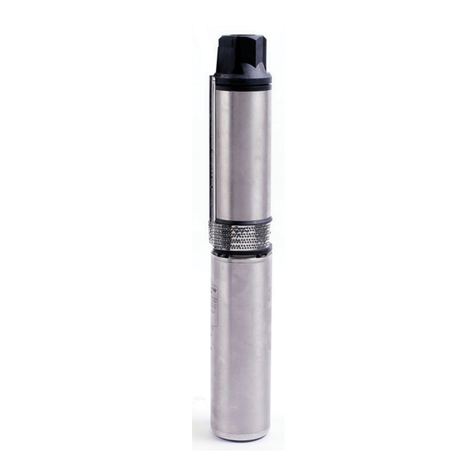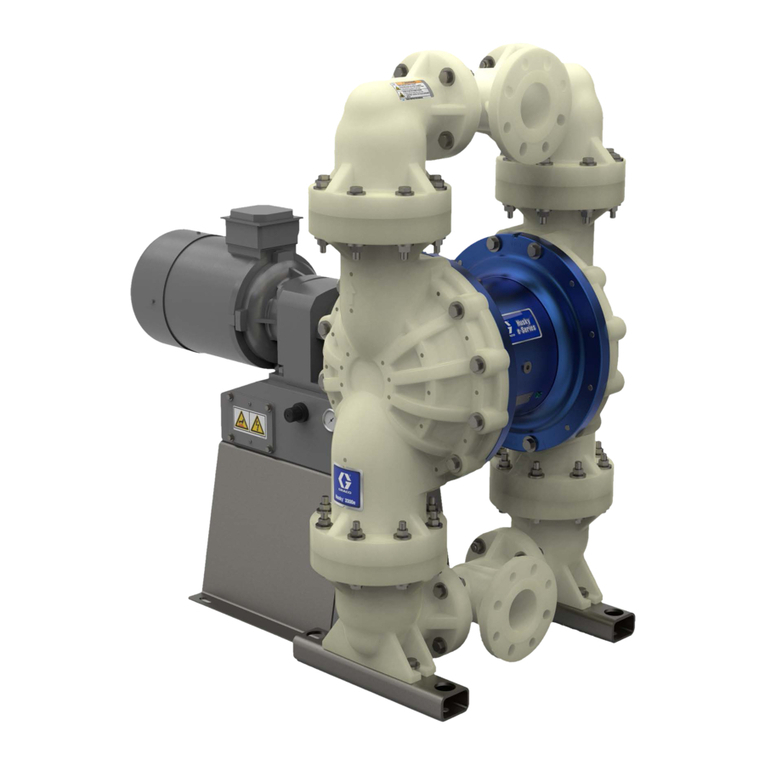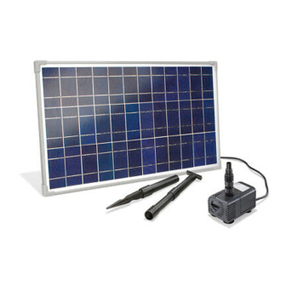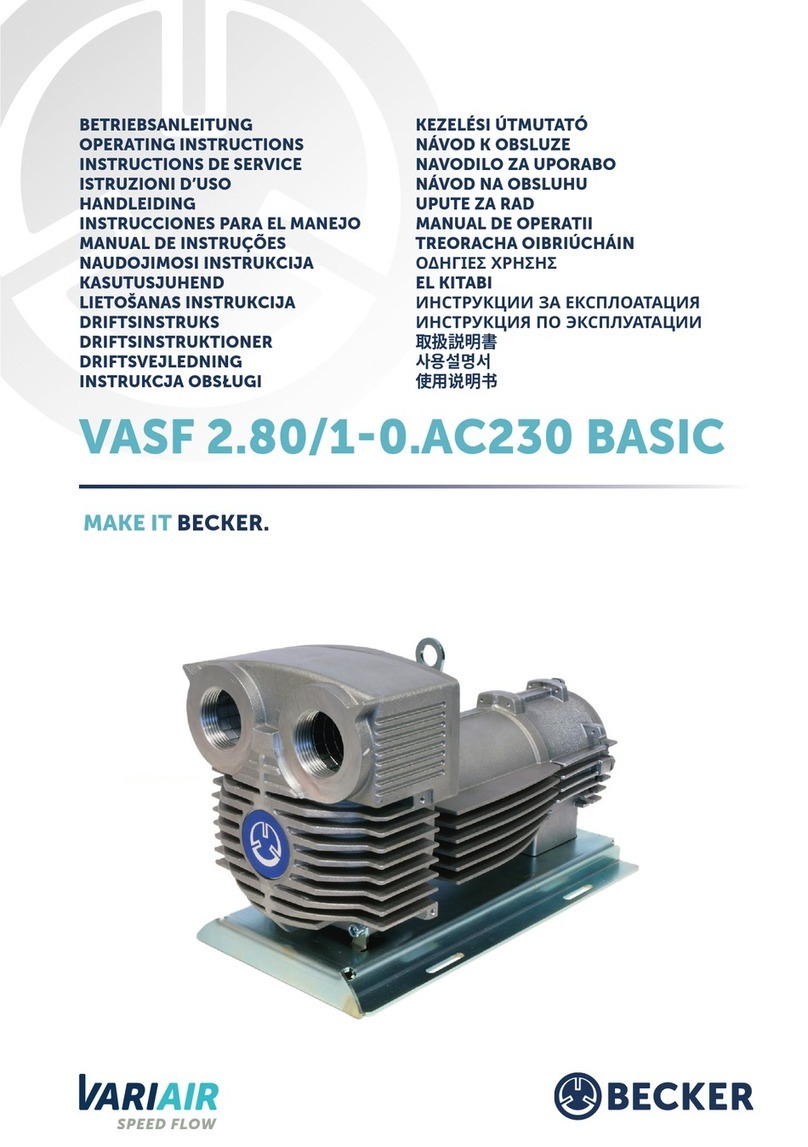
- 6 -
951-171-013
Version 02
EN Table of contents
Table of contents
EC Declaration of incorporation acc. to machinery directive 2006/42/EC...2
Annex to the declaration of incorporation following 2006/42/EC...............3
Legal notice .................................................................................................5
Explanation of symbols, signs and abbreviations........................................9
1. Safety instructions...................................................................... 11
1.1 General safety instructions..................................................................11
1.2 General behaviour when handling the product.................................11
1.3 Intended use..........................................................................................12
1.4 Foreseeable misuse..............................................................................12
1.5 Painting of plastic parts........................................................................12
1.6 Notes related to the CE marking .........................................................13
1.7 Modifications of the product................................................................13
1.8 Prohibition of certain activities............................................................13
1.9 Inspections prior to delivery ................................................................13
1.10 Other applicable documents................................................................13
1.11 Markings on the product......................................................................14
1.12 Notes related to the type identification plate.....................................14
1.13 Persons authorized to operate the pump ..........................................15
1.13.1 Operator.................................................................................................15
1.13.2 Specialist in mechanics ........................................................................15
1.13.3 Specialist in electrics ............................................................................15
1.14 Briefing of external technicians...........................................................15
1.15 Provision of personal protective equipment......................................15
1.16 Operation...............................................................................................15
1.17 Emergency stopping.............................................................................15
1.18 Transport, installation, maintenance, malfunctions, repair,
shutdown, disposal...............................................................................16
1.19 Initial commissioning, daily start-up ..................................................17
1.20 Cleaning .................................................................................................17
1.21 Residual risks ........................................................................................18
2. Lubricants................................................................................... 19
2.1 General information .............................................................................19
2.2 Selection of lubricants..........................................................................19
2.3 Material compatibility...........................................................................19
2.4 Temperature characteristics................................................................19
2.5 Ageing of lubricants..............................................................................20
3. Overview, functional description ................................................ 21
3.1 Functioning principle of the intermittent low-level indication.........25
4. Technical data ............................................................................. 26
4.1 Mechanics..............................................................................................26
4.2 Nominal output volumes .....................................................................27
4.2.1 Influencing variables on the actual output volume...........................27
4.2.2 Output diagrams of typical NLGI 2 lubricants....................................27
4.3 Useable reservoir volume ....................................................................28
4.4 Lubricant requirement for priming of an empty pump ....................28
4.5 Limits of use of the intermittent low-level indication.......................29
4.6 Tightening torques ...............................................................................30
4.7 Electrics:.................................................................................................31
4.7.1 Motor......................................................................................................31
4.8 Processing of the low-level signals in case of
external controller and monitoring of the pump...............................32
4.8.1 Visualization of a low-level indication ................................................32
4.8.2 Remaining run time of pump in case of a low-level indication........32
4.9 Type identification code........................................................................33

